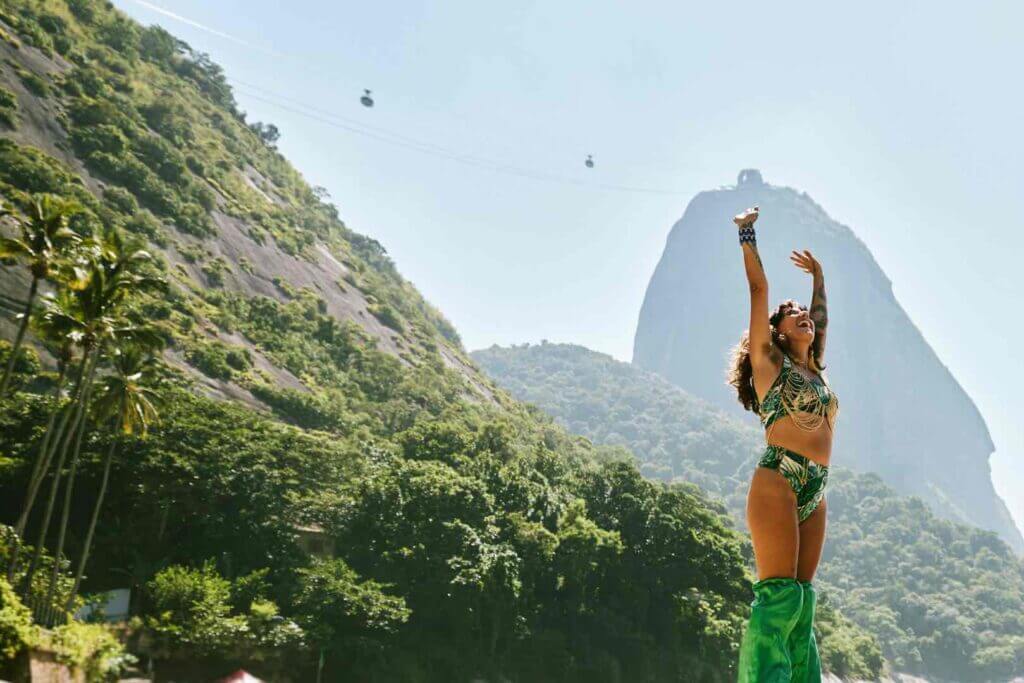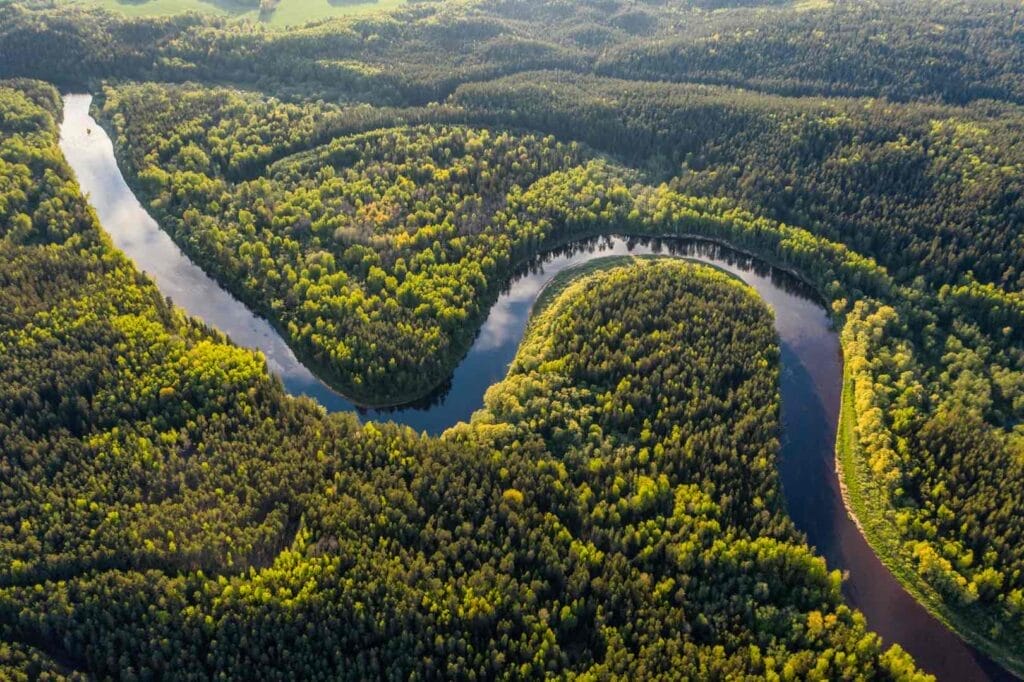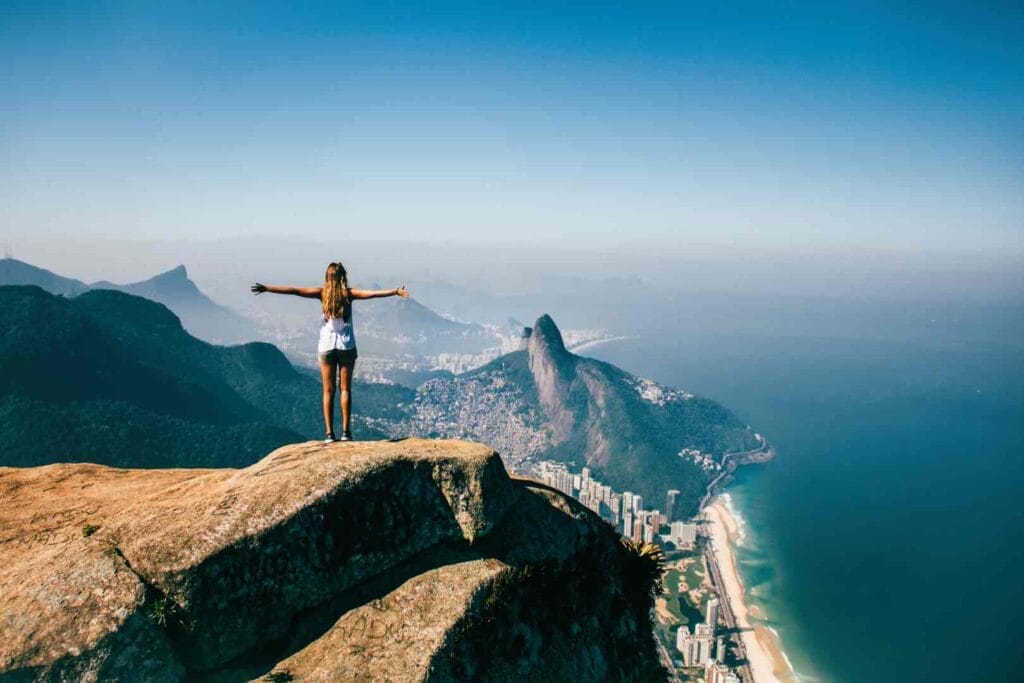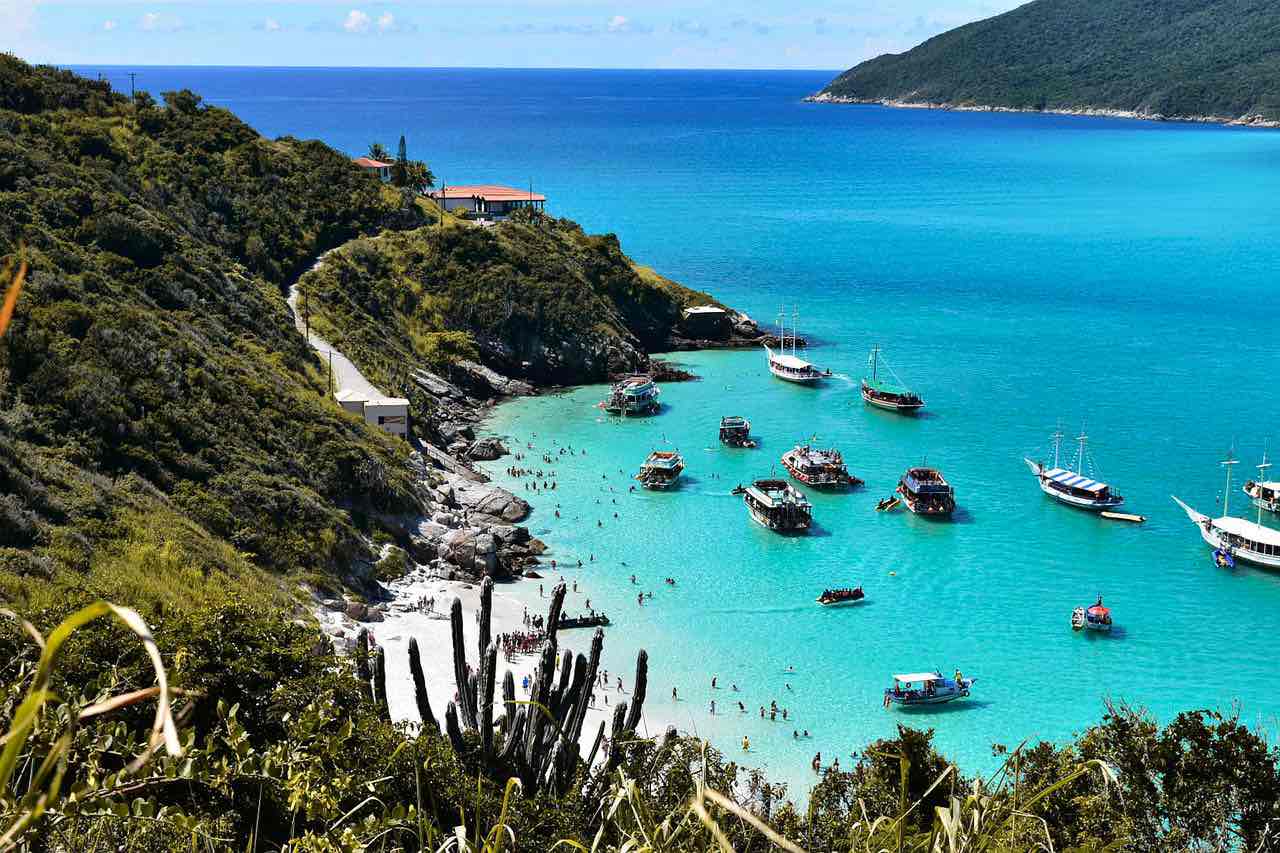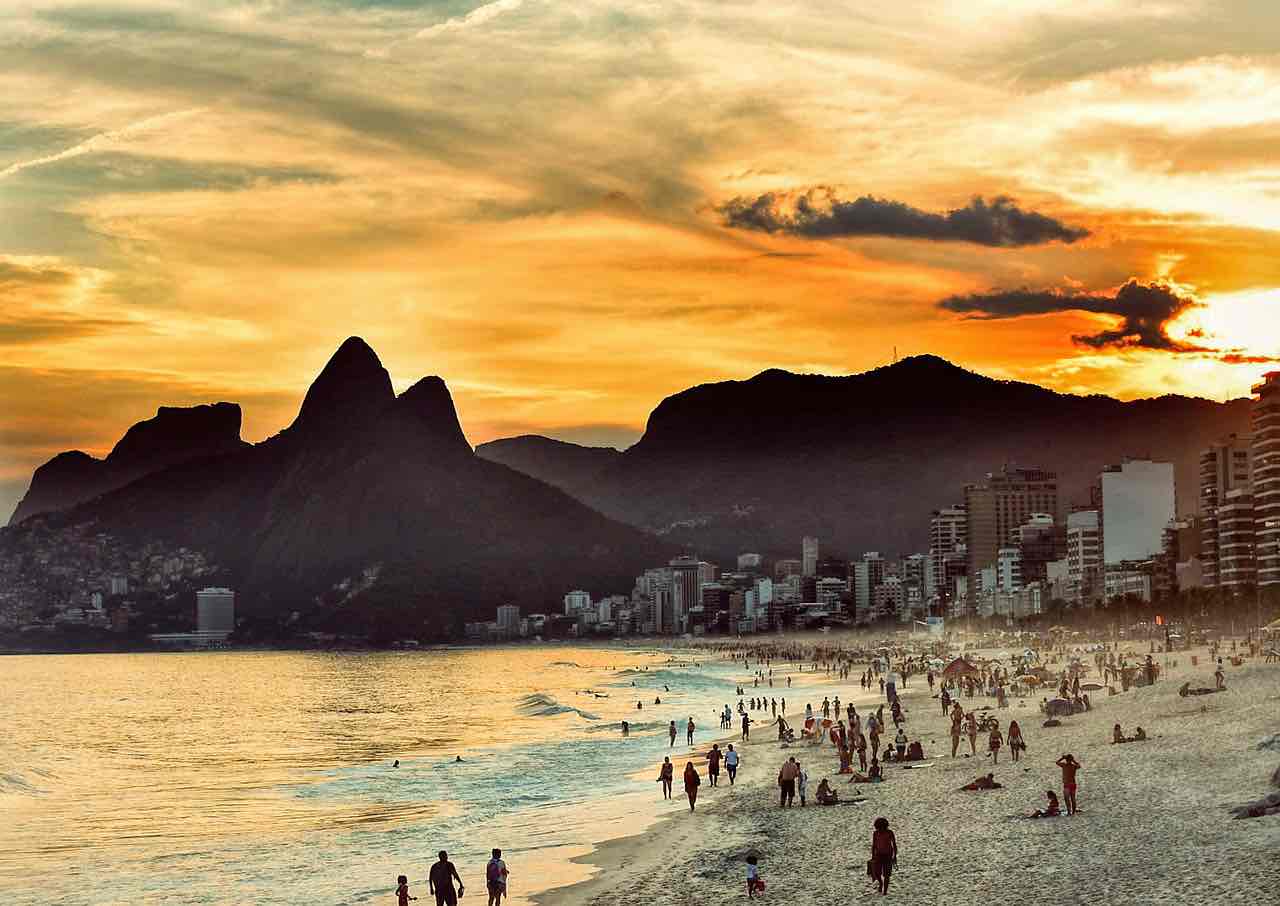Brazil
Famous for being home to one of the world’s top football teams, the Rio de Janeiro Carnival and the remarkable Iguazu Falls, Brazil is an exciting world travel destination. As South America’s largest country, Brazil covers a majority of the continent’s northeastern region and borders all of its countries except for Chile and Ecuador.
From the Amazon rainforest in the North to the tropical beaches on its coastline, to the Pantanal wetlands and the vibrant metropolises of the Southeast, Brazil’s landscape and cities are every bit as varied and diverse as its culture. Home to numerous indigenous tribes for thousands of years and colonized by Portugal in the 16th century, Brazil’s culture is a blend of Portuguese, Native American, European and African, which are all vividly exhibited in the country’s cuisine, traditions, music, dance and festivals.
Brazil is comprised of many alluring cities. The capital, Brasilia, is a modern scene of unique infrastructure and government buildings while Ouro Petro is one of the country’s most well-preserved colonial towns. The world-famous city of Rio de Janeiro is known for its Carnival, buzzing nightlife and enormous Christ the Redeemer statue. Sao Paulo is the country’s largest and richest cosmopolitan city. Another large city, Salvador offers plenty to see and do with its history center and beautiful beaches. Recife is often called the Venice of Brazil because of its scenic bridges and waterways. Manaus is the popular gateway for experiencing the Amazon rainforest.
Best Time To Visit

The best time to visit Brazil is between November and March. These are the warmest months across the country, with temperatures between 27°C and 33°C – perfect for enjoying New Year and Carnival celebrations.
However, Brazil is a year-round destination made up of several climatic extremes, none of which are severe enough to deter travel to any part of the country at any given time.
The northeastern coast experiences some rain in June and July, but usually only in the form of afternoon showers.
Brazil is home to the world’s largest tropical wetland, the Pantanal. The area’s driest months are between April and October, when temperatures sit between 30°C and 35°C. However, like in the Amazon, its wetter months offer distinct wildlife spotting opportunities. You could see jaguars, hyacinth macaws and capybara, to name a few.
For a month by month look click here
What To Expect
Capital: Brasília
Language: The official language of Brazil is Portuguese. You’ll also find that not many people outside of the tourism industry speak English
Currency: The official currency of Brazil is the Real (BRL). Check the latest rates here
Credit Cards & ATMs: Credit cards are widely accepted in Brazil. Although many small businesses, cafes, markets, and spots outside of larger cities often don’t take card. Cash machines are common in major towns and cities but might be a bit more difficult to track down in the countryside.
Plugs: In Brazil, the power plugs are type N, the standard voltage is 127 / 220 V, and the standard frequency is 60 Hz. I recommend buying a universal adapter
Safety: Brazil has a bad rap for being unsafe and is known for its high crime rates. In general, the scenarios that involve tourists are typically mugging and pickpocketing. Safeguard your belongings, avoid traveling alone if possible, and practice caution at all times.
Random useful tip: Tipping in Brazil is typically not expected nor given. Usually, Brazilians only consider giving an extra if there was some special, nonstandard service.
Dont’s: Don’t wander into favelas.
Travel Guides
Below you will find guides on places in Brazil, reasons to visit Brazil, and how to travel Brazil on a budget.
Top 5 Things to See and Do in Brazil
(Note: Brazil is brimming with activities. Truly, there’s an abundance to explore and experience. The following are just a few of our top picks. For more country-specific activities, refer to the detailed guides linked to each country below!)
Perched atop the Corcovado mountain in Rio de Janeiro, the statue of Christ the Redeemer stands with open arms, overlooking the city and its breathtaking landscapes. As one of the New Seven Wonders of the World, this colossal art deco statue has become synonymous with Brazil’s vibrant spirit. Reaching the summit, either by a scenic train ride or a rewarding hike, visitors are greeted with panoramic views of Rio, its sprawling beaches, and the Sugarloaf Mountain. It’s not just the statue but the encompassing vistas that leave an indelible mark on travellers.
Rio’s Carnival is the epitome of exuberance, colour, and rhythm. This annual festival, which precedes Lent, transforms the streets of Rio into a pulsating stage of samba, costumes, and revelry. Samba schools compete in the Sambódromo, showcasing intricate floats, vibrant costumes, and electrifying performances. The infectious beats, passionate dances, and the sheer zest for life make the Carnival an experience of a lifetime.
The Amazon, often dubbed the ‘Lungs of the Earth’, is a vast tapestry of biodiversity and indigenous cultures. Journeying into this dense rainforest, one can navigate its intricate river systems, spot exotic wildlife, and interact with local tribes. Whether it’s bird-watching, trekking, or simply drifting on the Amazon River, this green wilderness offers a profound connection to nature and an understanding of its delicate balance.
Salvador, the capital of Bahia, is a melting pot of African, Portuguese, and indigenous cultures. Its historic centre, Pelourinho, is a UNESCO World Heritage site, adorned with colonial-era churches, cobblestone streets, and colourful buildings. The city pulsates with the rhythms of Afro-Brazilian music, capoeira, and spiritual Candomblé ceremonies. From its vibrant street festivals to its serene beaches, Salvador weaves tales of history, faith, and resistance.
A UNESCO World Heritage site, Fernando de Noronha is an archipelago of 21 islands, famed for its pristine beaches, crystal-clear waters, and rich marine life. Dive into its underwater world to encounter dolphins, sea turtles, and vibrant coral reefs. Above the surface, the islands’ dramatic rock formations, verdant trails, and panoramic viewpoints promise serenity and breathtaking beauty. With its commitment to sustainability, Fernando de Noronha offers an unspoilt paradise for nature lovers.
Book tours and purchase tickets
Travel Resources
More Ways to Keep in Touch
*Disclosure: Please note that some of the links above may be affiliate links, and at no additional cost to you, I earn a commission if you make a purchase. I only recommend products and companies I use and the income goes to keeping the site community supported and ad free.


